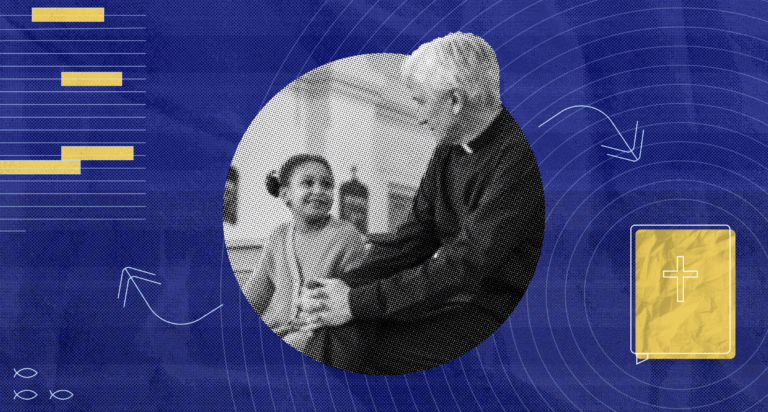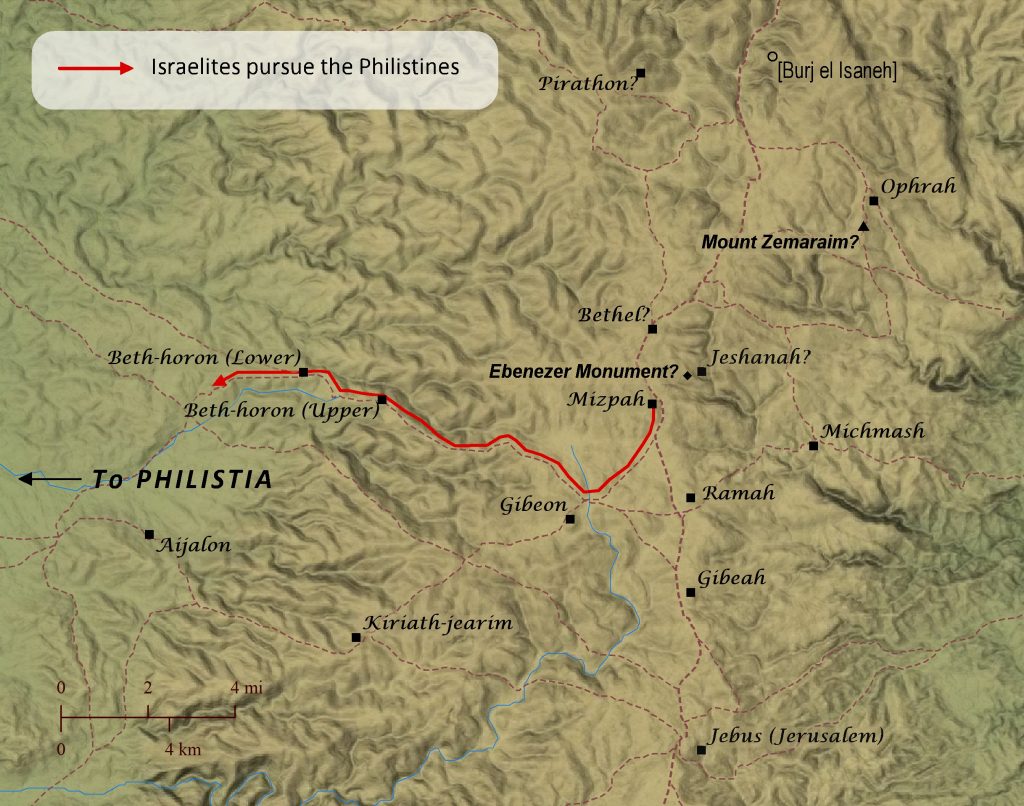After teaching in Troas, Paul planned to bypass Ephesus and meet the elders at Miletus, thirty miles from Ephesus (20:13-17). Why did Paul not meet them in Ephesus? Paul wanted to get to Jerusalem as rapidly as possible, so he wanted to avoid Ephesus. Had he stopped in Ephesus, he would have had numerous obligations that would have prevented him from meeting his schedule. He would have lost more time in Ephesus than if he had traveled a bit out of the way and had the elders meet in Miletus. Another possibility is that Paul’s ship was scheduled to stop in Miletus, not Ephesus. One did not book travel on a passenger ship in the ancient world; all travel was on cargo ships, and one was often at the mercy of the cargo schedule.
Is it possible that this meeting in Miletus reflects problems in the churches in Ephesus? Although the date for 1 Timothy is controversial, the letter does indicate that some elders in Ephesus have defected from Paul’s teaching. Paul wrote to Timothy while he was ministering in Ephesus at the time and told him to appoint good elders who would guard both doctrine and practice. This is quite similar to the content of Paul’s speech in Acts 20:18-38. Paul warns these church leaders that an attack on the church will come from insiders, “wolves in sheep’s clothing” (20:28–30).
In the first century, Miletus was one of the most important cities on the southwestern coast of modern Turkey (Ekrem Akurgal, Ancient Civilizations and Ruins of Turkey, trans. John Whybrow and Millie Emre [Istanbul, 1978], 206). Because the city had four natural harbors, it was an ideal location for trade. What is surprising to visitors today is that the site of ancient Miletus is about five miles from the sea. The course of the Meander River has shifted over the years, and the harbors silted up. “The natural philosophers, Thales, Anaximander, and Anaximenes, the famous historian and geographer, Hekataios, the town-planning architect, Hippodamos, and Isidores, one of the designers of St. Sophia in Istanbul, were all native Milesians.” (Akurgal, 207).
With a population of 50,000 to 60,000 in the first century, the city hosted Augustus in 19 BC. The city built an imperial cult temple during the reign of Caligula (37-41). The city had three marketplaces, one of which was one of the largest agoras in the ancient world (McRay, “Miletus,” ABD 4:826). One of the highlights of visiting Miletus is the Harbor Theater. This theater accommodates approximately 15,000 people, and several inscriptions on the seats reserve them for specific groups. One of them reads, “the place of the Jews and the God-Fearers.” This is significant because it confirms the presence of Jews in Miletus, but also God-fearing Gentiles. Luke mentions God-fearing Gentiles several times in Acts, such as Cornelius (Acts 10:1) or the “devout Greeks” in Thessalonica (Acts 17:4).
Reference to Godfearers in the Miletus Theater

 2 weeks ago
38
2 weeks ago
38










 English (US) ·
English (US) ·